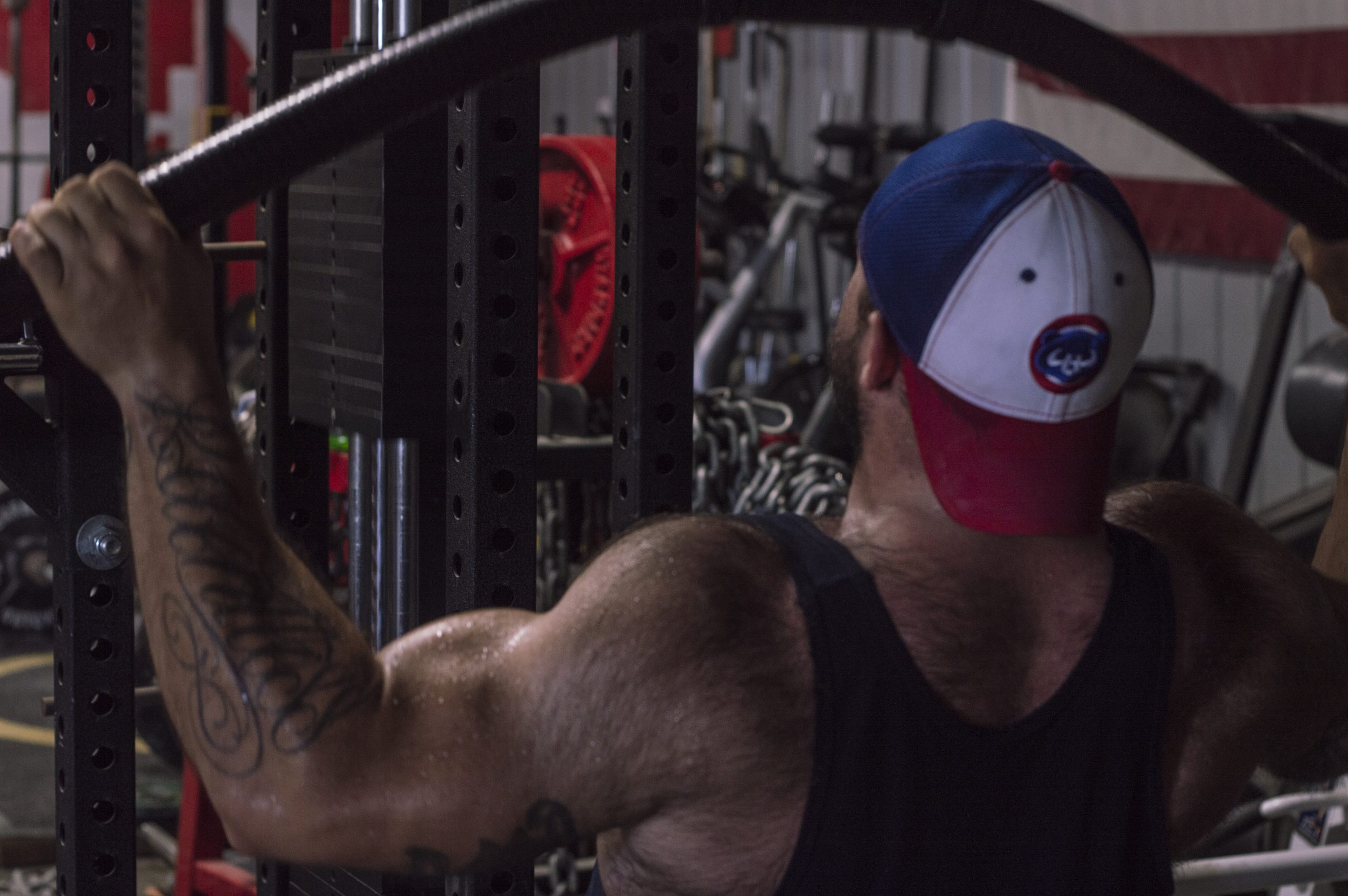
A different format for this training log. I will still give a written break down of what i completed for the training session, but what is most important is the lesson, not what was lifted. Hopefully if you enjoy this format I will continue to use it and you can continue to learn. Any feedback is greatly appreciated!
So what is humeral arch? Basically it is the path that the humerus (arm) is meant to travel to give the lats the best possible contraction. The goal is to limit bicep, teres major, and upper trap activation. The teres group, also know as the “little lat” can basically do everything the lat can do. However, because of the lats insertion point on the low back the lats have a “wrap around” capabiltiy. Meaning they have the ability to rotate the shoulder toward the midline of the body.
A lot of times the lat is overactive and inhibits the scapular stabilizers as well as other shoulder stabilization muscles. However, that is not the point of this log.
In order to get the most out of your lat training and use the humeral arch most effectively, here are a few things to remember.
- Shoulder depression Is key. Keeping the shoulder depressed will help put the shoulder in a better biomechanical position to contract. You are essentially bringing the origin closer to the insertion making the contraction more optimal. This also limits upper trap and rhomboid activation.
- Side bend/Rotation: Side bending and slight rotation to the same side will help facilitate a better postposition for the lats to contract. You are creating a stable environment for the lat to contract. Isolation exercises love stability. The more stability you can create, the bigger and harder the contraction.
Below is a training session where we focused on lat development and using the arch path for a better training response.
A1. Started with some lat activation using the front pull down. We used an extended attachment so we could drive our arms further back into extension and depression. The goal is not weight. It is contraction, and increasing that contraction slightly over multiple sets by adding weight without losing the strength of that contraction. Take these slow on the eccentric and concentric. High reps are not needed. 2-3 sets 5-6 reps will suffice.
B1: At this point the lats were warmed up and the connection was sufficient to move on to our first exercise. We started with a modified hammer iso row. We worked up in sets of 8-10 until we reached a set where the reps were about 2 reps shy of failure. 6 plates a side for me.
C1: Next we moved to a modified chest supported T-bar row. We modified the movement by adding handles so we could have more rotation at the shoulder and humerus. This is also a great trick for individuals who have poor wrist mobility and who might be suffering from medial or lateral elbow pain. 4 plates from a dead stop position for 8-10 reps is what i worked up to. Then we did one last set where we removed the handles(not shown) and completed the regular version. This was essentialy a mechanical advantage set by limiting the need to create more stability.
D1: Not shown in the video was a close grip neutral pull down. In my last log i go over the proper position and way to isolate the lats in a pull down movement. The arching motion is still essential. 3-4 sets 10-12 reps. Short rest periods, pumping blood and getting a good stretch was the focus of this exercise.
E1: Lastly we ended with an exercise that can be doubled as an activation exercise for deadlift day or even if you are performing heavy compound back movements for your training session. This was a Half-Kneeling single area lat pull down. Not only does this isolate the lat for a great pump it also does a bang up job of grouping your contralateral glute and lat. The thoracolumbar fascia is forced to transfer tension and energy to support the activation of both and to support the pelvis and trunk. This is a great exercise for pre-hab, activation, re-hab and training in general. Remember, any time you can create more stability, in this case fascia and contralateral glute doing the job, the lat will have an easier time contracting. We did this to fatigue not failure. 3 sets 10-15 sets.
Below is training footage with voice over. If you enjoy this format please let me know by either commenting on the log or emailing me at performanceandrecoverysystems@yahoo.com. Thanks again for reading. Live Learn Pass on.








